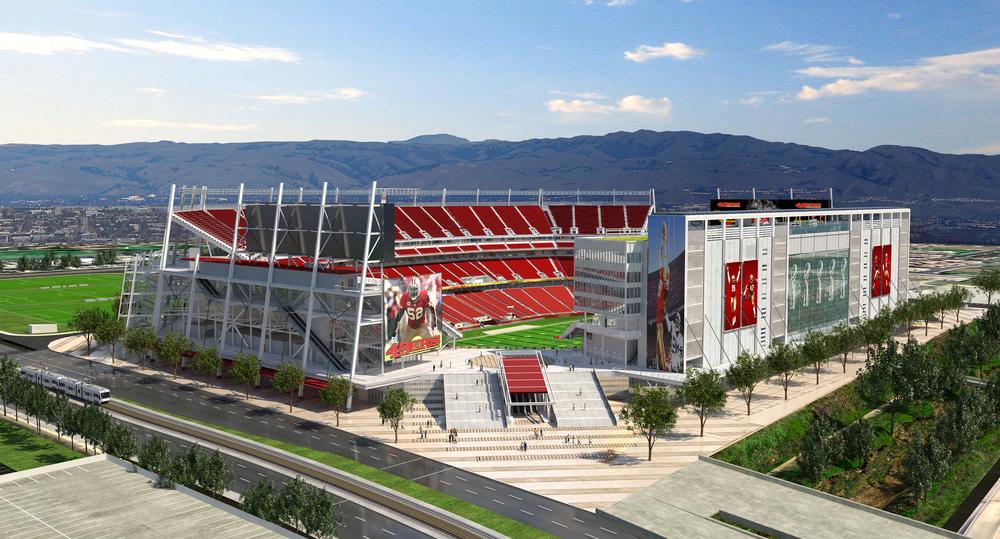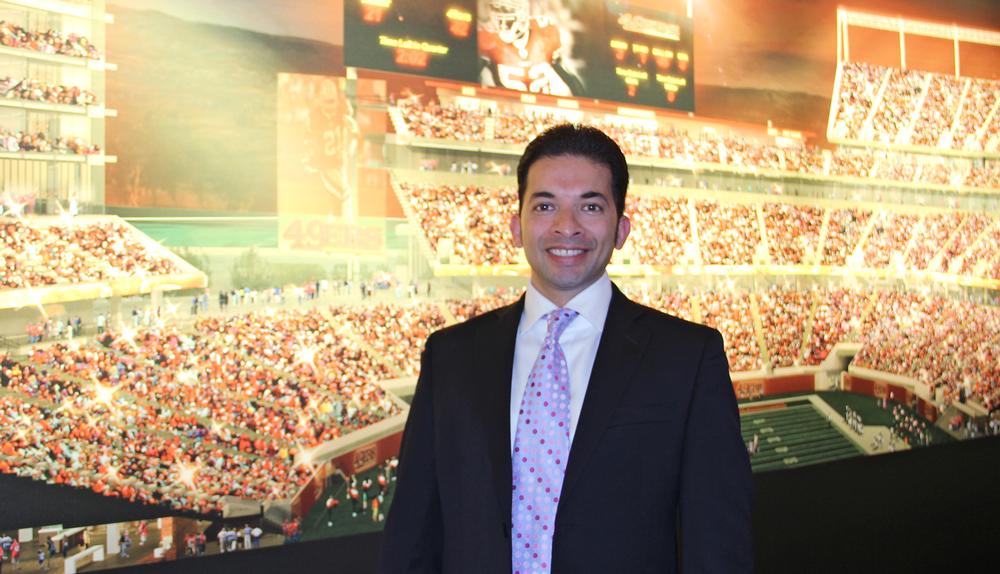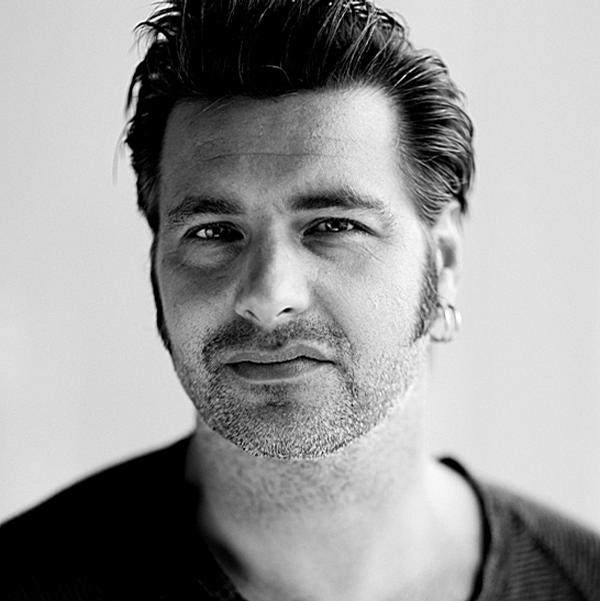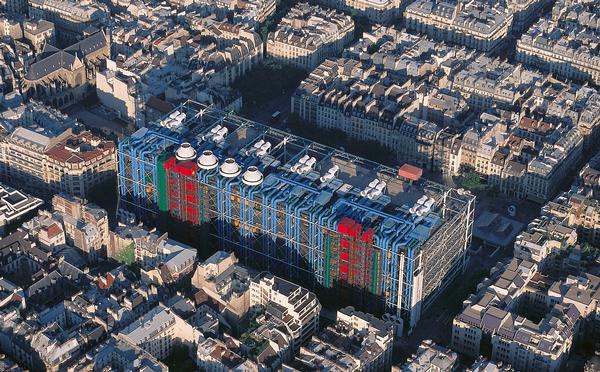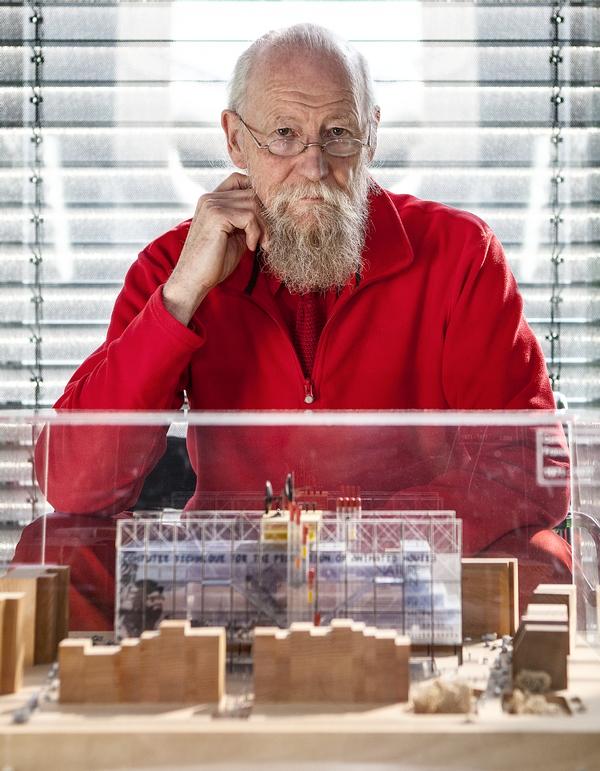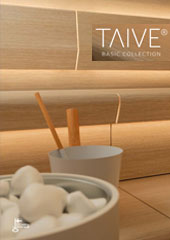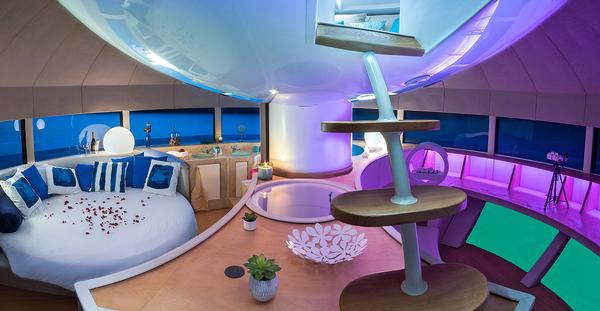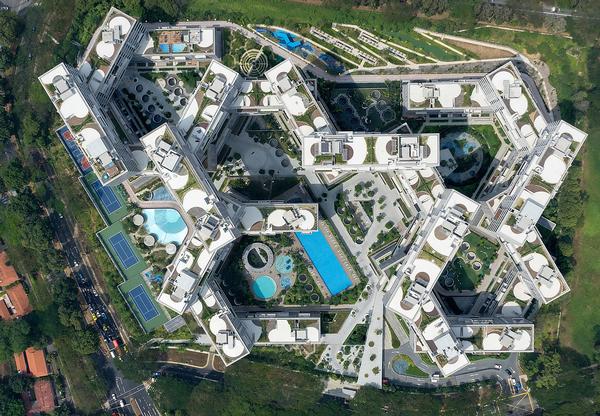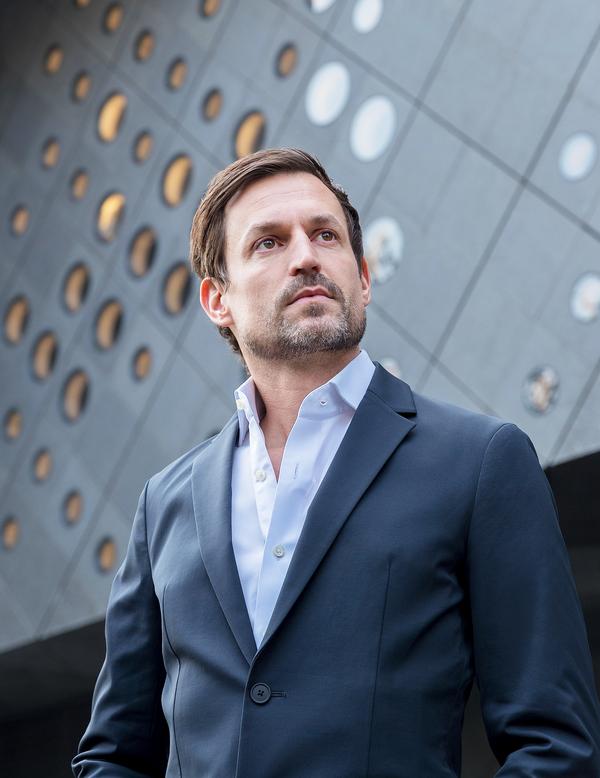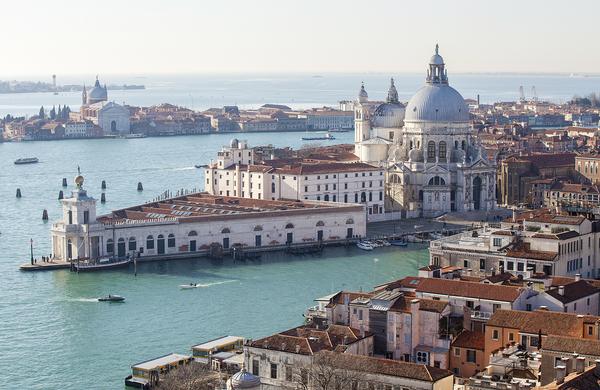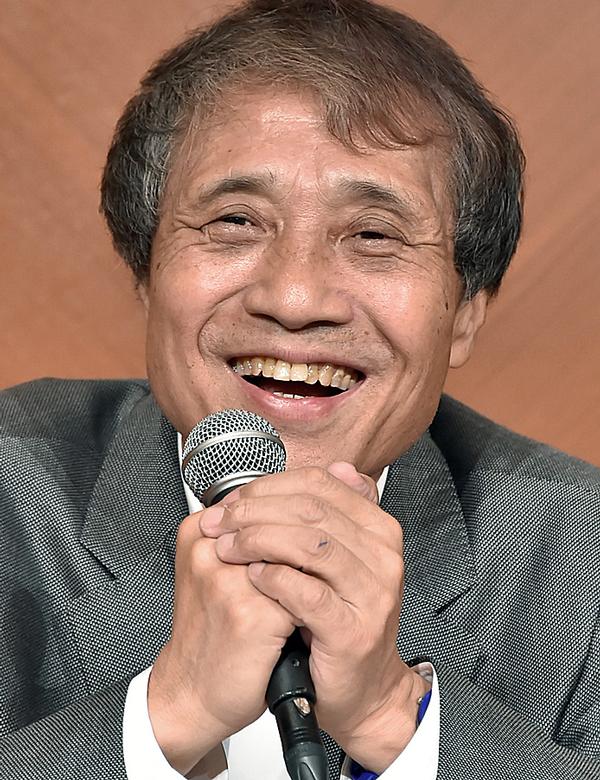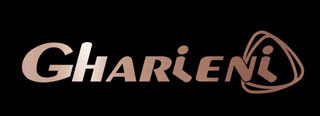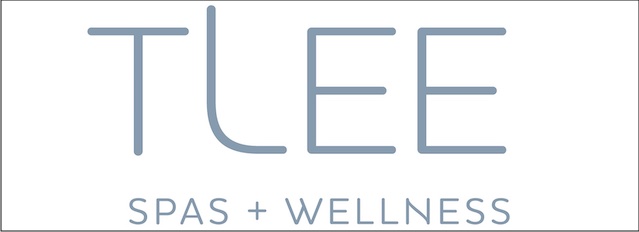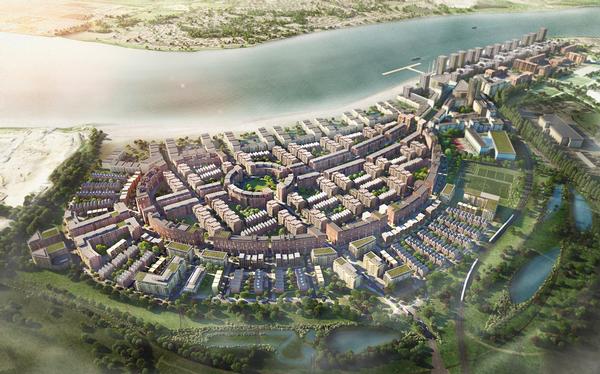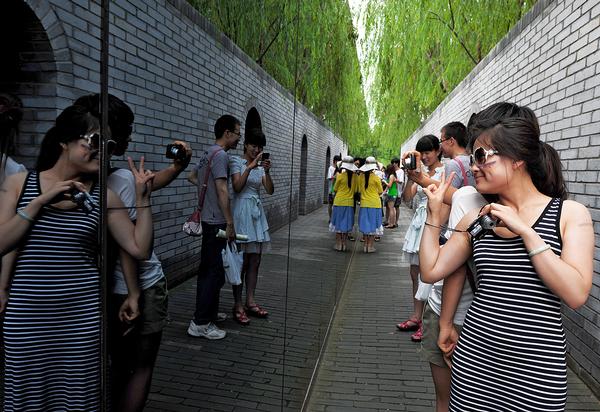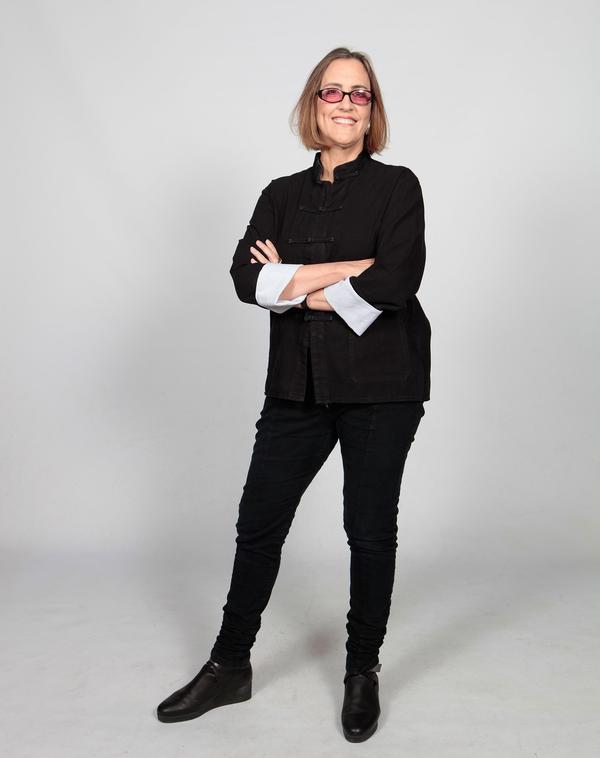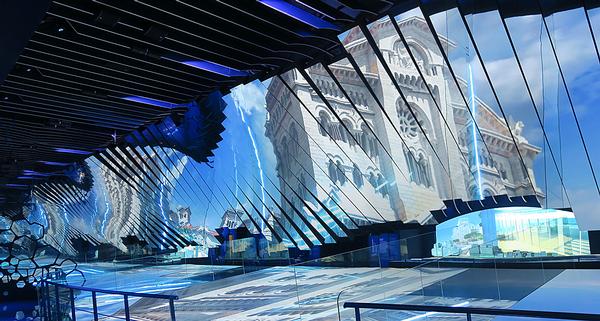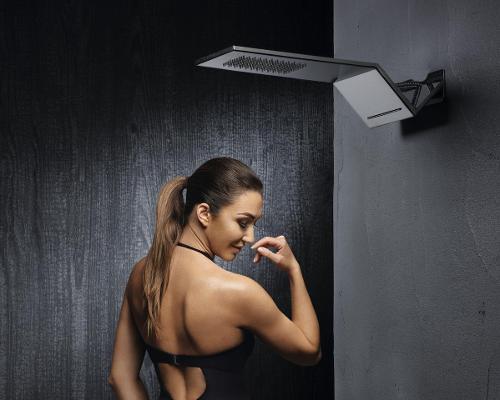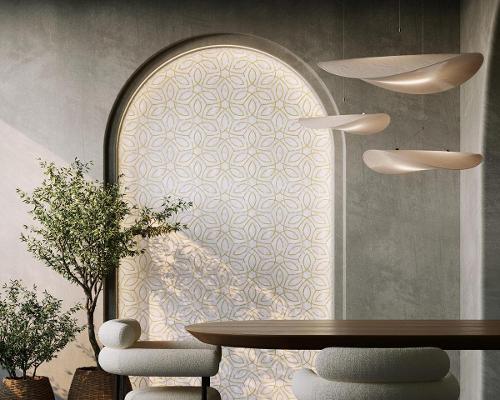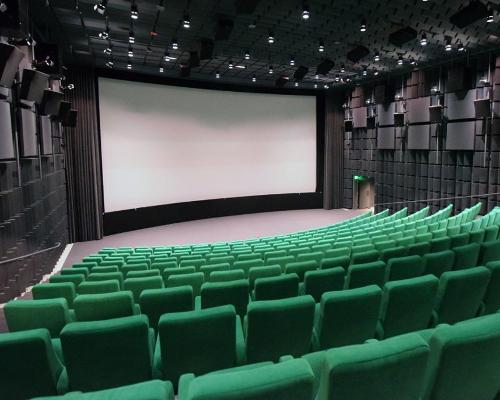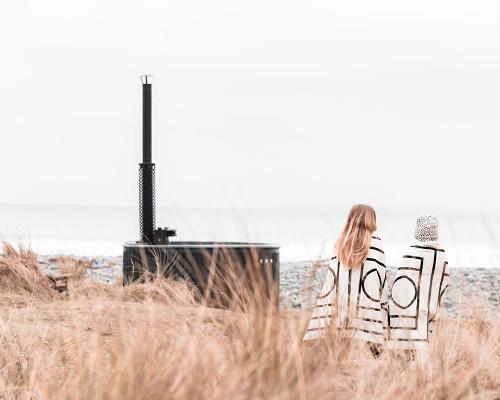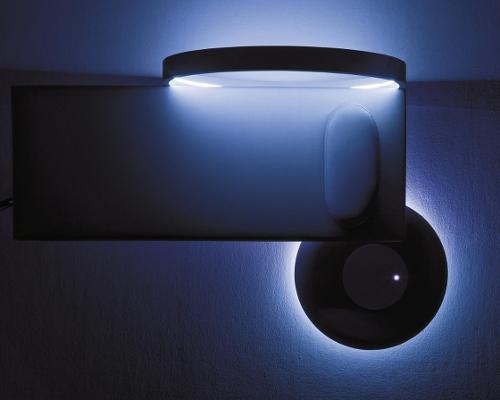New opening
Levi's Stadium
The opening of the Levi’s Stadium this August is being heralded as the dawn of a new era for stadium design. The venue, the new home of the famed San Francisco 49ers, has been described as the most technologically advanced building in sports
When the San Francisco 49ers move to their new stadium later this year, it will mark the end of a long journey. The franchise, one of the most successful in the history of the National Football League (NFL), first tabled plans to build a new stadium back in 1996. Despite the city of San Francisco supporting the plans and offering a US$100m grant to help build the new venue in 1997, the project, however, ran into trouble due to changes in the team’s ownership and differences of view over the way the project should be handled.
The plans then spent a decade in a state of flux, until San Francisco major Gavin Newsom launched a bid, in early 2006, to bring the 2016 Olympic Games to the city – rekindling the plans for a new flagship stadium. The new proposals, announced in late 2006, were based on the construction of a new stadium at the site of the 49ers’ current home, the 69,700-capacity Candlestick Park. Another disagreement – this time over the use of space (the 49ers weren’t happy with a planned housing estate as part of the deal) – saw the plans stall again.
To avoid another long delay and to ensure the team would finally be able to move out of its ageing Candlestick Park, the 49ers’ owners – the York family, led by CEO Jed York – made a radical decision; to tear up all existing plans and explore relocation to Santa Clara, a city 40 miles away from San Francisco. While the 49ers moving away from San Francisco – removing the need for a large-scale stadium – ended the city’s Olympic ambitions and angered state officials, the city council in Santa Clara pounced on the opportunity to bring a big-name sports franchise into town. Negotiations over potential locations begun in 2008 and a final approval was given in June 2010. Construction work began later that year – 13 years after the first plans for a new stadium were tabled.
Keeping it green
Designed by architects HNTB, the 68,500-capacity Santa Clara stadium will be an open stadium with a natural grass field. It will feature landscaped pedestrian plazas, commercial community space, a 49ers superstore and a Hall of Fame and museum dedicated to the history of the team. The 49ers have secured a 20-year, US$220m stadium naming deal with clothing giant Levi Strauss & Co, which will see the venue called “Levi’s Stadium”.
The stadium’s design allows it to cater for wide range of events – from football and motocross to concerts and civic events. To add to its versatility, capacity will be expendable to 75,000 for major events that require a smaller playing field. The stadium is also designed to meet the FIFA requirements for international-level association football, which will allow the stadium to host international friendly matches and major tournaments.
What makes the Levi's stadium special, however, is the level of environmental sustainability and technology built into it. The venue is currently one of the largest buildings registered with the US Green Building Council and the first stadium that will have both a green roof and solar panels. It has already been widely touted as the greenest stadium in the US.
In total the stadium will boast 20,000sq ft of solar photovoltaic panels, supplied by local company SunPower. The panels will be used to generate power all year round, offsetting the electricity that is used during the 49ers home games. For the power it needs to buy in from electricity suppliers, the 49ers have signed an agreement with energy giant NRG Energy to ensure sustainable power is being used. Through the unique partnership, NRG will help the new facility become the first professional football stadium to open with LEED certification, the recognized standard for measuring building sustainability.
Further green initiatives and solutions include a high-efficiency geothermal water system and a unique “green roof”, which will include a waterproof membrane covered with plants. The roof will absorb rainwater, provide eco-friendly insulation and help lower urban air temperatures and mitigate the heat island effect. The greywater within the stadium will be recycled and reused throughout venue. There will also be public transit access and convenient bicycle parking to cut down the use of cars.
San Francisco 49ers project executive Jack Hill says sustainability is at the centre of the design. “We’ve incorporated a lot of energy saving measures within the stadium itself and we’re incorporated green thinking into everything we do – such as recycling most of the construction debris.”
Technological revolution
Not only will Levi’s Stadium be one of the most eco-friendly in the world, but it will also be one of the most technologically advanced. According to CEO Jed York, the aim is to have a ticketless, cashless building by enabling visitors to present their passes, order food and purchase goods by using nothing but their mobile devices. Fans' tablets and smart phones will also act as personal entertainment centres, information points and scoreboards thanks to the 49ers mobile app.
The app, custom designed to be used in the stadium, will feature a “real-time dashboard” for game-day fan tech features and a data analytics suite for use by the team’s executives. The idea is to allow fans to step away from their seats – to visit bathrooms or to make purchase at retail and F&B points – without missing any action. The app will feature a live feed of the game, replays, stats and even a function displaying queuing times at the stadium’s various points of sale.
For the app to work, though, fans must have reliable access to the internet – and a lot of bandwith. This in mind, the stadium is set to have the best publicly accessible Wi-Fi network of a sports facility anywhere in the US. What makes it so special is that it should allow all 68,500 fans to have access to high-speed internet simultaneously. Until now, the limits of large-scale bandwidth have meant that stadium operators have found it impossible to build a network that would let every single fan connect at once. To solve the issue, The 49ers utilised the stadium’s closeness to Silicon Valley and recruited two top class IT professionals.
The club’s chief technology officer is Kunal Malik, regarded as one of Silicon Valley’s leading tech experts and the man who led the creation of the IT department at Facebook. He is partnered by senior IT director, Dan Williams, who spent four years at Facebook. The pair have announced plans to have a terabit of capacity within the stadium. That means that even if every single fan would bring an internet device to use at the game, each smart phone and tablet would still have around 15mb to use.
Speaking at the SVForum sports technology conference in Palo Alto in December 2013, Malik said: “Working on the Levi’s Stadium is like taking a blank piece of paper and redefining the fan experience. We wanted to make sure fans would be able to move around the stadium without missing any of the play – but couldn’t find anyone who was doing it in real-time so we had to design and produce it ourself.”
Those who prefer a traditional scoreboard won’t be disappointed either. Daktronics have supplied two gigantic, 48ft tall HD-quality screens which will be placed at either end of the stadium. There is also a 3.6ft-tall “ribbon” border display that will wrap around the length of the 1,650ft inner bowl.
Club president Gideon Yu said: “The vision for Levi’s Stadium is to create the ultimate fan experience through the use of innovative technology. The partnership between Sony and Daktronics will outfit the stadium with ground-breaking visual elements, setting its in-stadium experience apart from all other outdoor sports venues and rivaling the home viewing option.”
The stadium hosts its first event on 2 August when the San Jose Earthquakes and Seattle Sounders take on each other at a one-off Major League Soccer game.
Stadium stats
Designer/architect: HNTB
Project manager: Hathaway Consulting
Structural engineer: Magnusson Klemencic Associates
Opening date: August 2014
Cost to build: US$1.2bn
Total footprint: 176,515sq m
(1.9 million sq ft)
Capacity: 68,500 (standard, can be expanded to 75,000)
Total sq ft of scoreboards: 13,600
Retail points of sale: 370
Restroom fixtures: 1,135
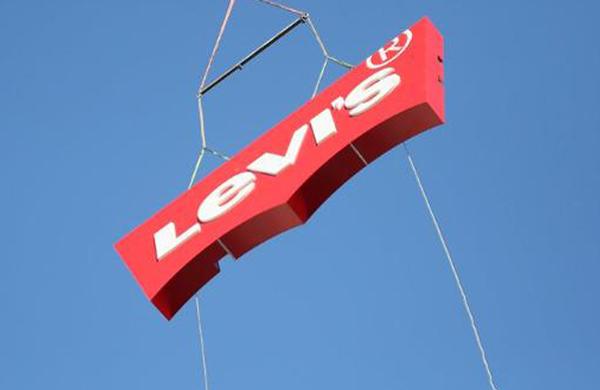
Five fascinating facts...
1. The stadium’s lower bowl will have 35 rows of seats; the first row will only be about 10 feet away from the playing surface
2. The stadium’s natural grass has been growing for more than a year at West Coast Turf in Livingston, California
3. The 20,000sq ft 49ers Museum will be sponsored by Sony and will host sports education programmes for youths
4. American footballers are big men - the 49ers locker room will feature 10ft-tall walnut-wood lockers.
5. At 48ft tall and 200ft wide, the stadium’s two video scoreboards are the largest of their kind in outdoor arenas.



